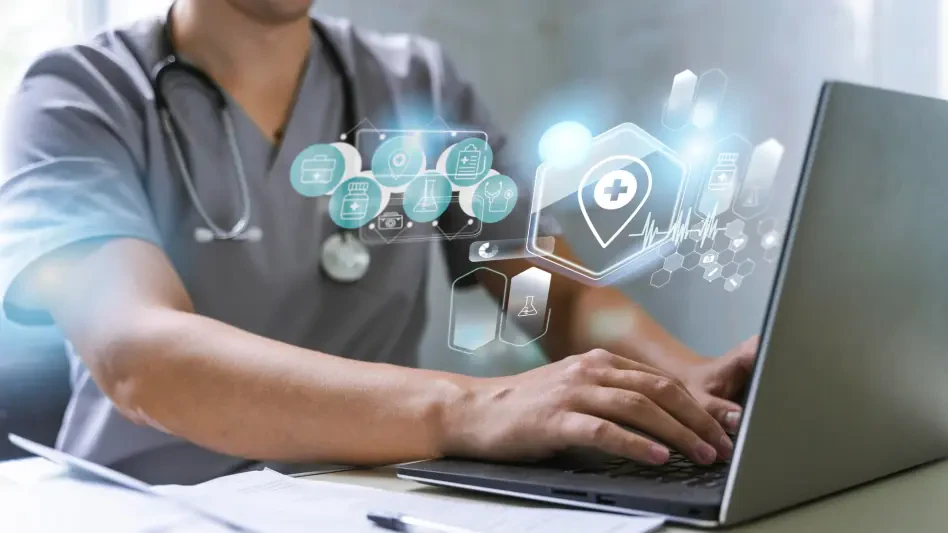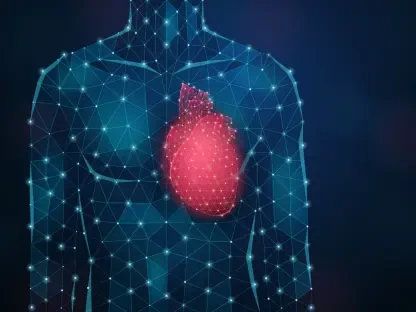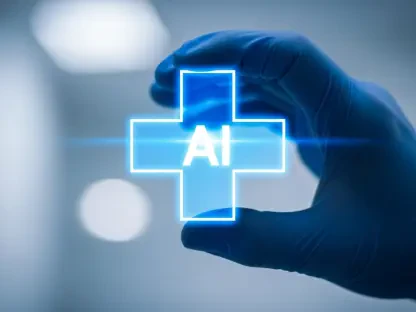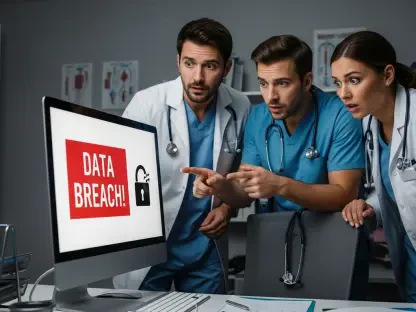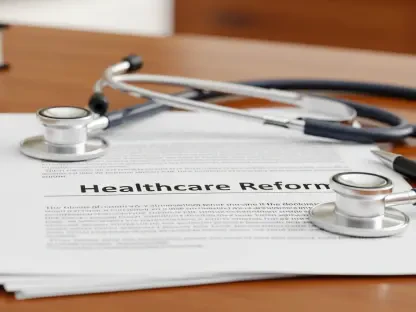Listen to the Article
The power of information and technology in medicine improves how practitioners solve complicated issues. Informatics is a multidisciplinary approach that leverages both tech and information to become a health IT discipline. In healthcare, it helps organizations advance care and services. Businesses that do not use IT risk losing essential data, which goes against the Health Insurance Portability and Accountability Act (HIPAA) that mandates the protection of patient information. Continue reading to learn about the growing role of informatics, the applications used to transform care, and future trends in the medical field.
The Growing Role of Informatics
In the United States and all around the world, healthcare companies face the pressure to transition from outdated systems to modernized approaches. Being overly dependent on legacy software produces inefficiencies, leads to high costs, and poses great security risks. Without health IT, organizations endanger patient information, which is detrimental to their reputation and growth. This field has a growing role in how professionals approach medicine and address medical procedures. Informatics helps clinicians:
Streamline processes and protect data: Introducing health IT allows medical professionals to streamline practices and safeguard sensitive data. Not only are client files secure, but patient hospital information is safe as well. While every system has its challenges, transitioning to updated systems enhances operational efficiency and positively impacts customer satisfaction.
Enhance innovation: Informatics enables organizations to innovate, so they can be better prepared for success in a volatile market. A large part of this field is that it optimizes new technologies to strengthen procedures and enhance service provision. For example, AI algorithms and machine learning are valuable in transforming how hospitals and other professionals operate. Using AI supports clinicians by automating systems and providing real-time assistance, which allows them to manage workflow and increase front-office efficiency.
Automate repetitive tasks: The availability of AI and machine learning tools enables staff to automate routine inquiries and appointment scheduling processes, which reduces the burden of managing repetitive tasks. This also frees up time for medical practitioners to focus on more important tasks, including patient care.
Identify risks: These IT applications liberate healthcare. Practitioners can use predictive algorithms to detect potential illnesses, allowing them to act accordingly and in a timely manner.
Improve compliance: Information and technology in health enable organizations to remain compliant with regulations, including HIPAA. By combining applications from informatics with a security-aware culture, medical companies can leverage advanced protection protocols to significantly reduce the risk of breaches.
Informatics Applications That Transform The Medical Field
Electronic Health Records
Health IT uses multiple technologies to enhance service provision, including electronic health records. Transitioning from paper storage systems to electronic records leads organizations to reduce outpatient costs by at least 3%, which translates to active savings for each person per month. As savings increase, it incentivizes client loyalty and trust, improving business for clinicians. Modern technology also offers better security features compared to legacy systems, providing more reliable protection against cyberattacks.
By adopting a digital care trail, medical providers have access to comprehensive and relevant information, which facilitates ongoing care and minimizes medical errors. With a central repository system of patient data, health professionals can easily retrieve what they need to make informed treatment choices and provide custom care plans.
Telemedicine Platforms
Health IT provides remote platforms for patients to book consultations and have practitioners monitor them. These telemedicine technologies make services more accessible for people with limited mobility. Incorporating informatics enables professionals to monitor vital signs and wellness parameters continuously, which ensures early detection and intervention should concerns arise.
Clinical Decision Support Systems
When healthcare providers need evidence-based suggestions, alerts, and reminders, they use clinical decision support systems informatics. These applications help advance diagnostic accuracy, detect drug interactions, and identify allergies, allowing practitioners to create personalized treatment strategies.
Health Data Analytics
Informatics plays a huge role in advancing precision medicine. It enables professionals to personalize treatment to a patient’s unique genetic composition, lifestyle factors, medical history, and other characteristics. Using health analytics tools helps with examining vast amounts of data, which enables clinicians to identify patterns, predict the risk of illness, and develop targeted interventions to improve care outcomes.
Trend Expectations for Health Informatics
Interoperable Devices
As medical challenges evolve and vendor needs change, it is crucial for professionals to expand how they address various demands. Currently, the electronic health records in use have limitations and do not communicate effectively in many organizations. Enter interoperability, which allows different devices and systems to interact for the purpose of exchanging, integrating, and cooperatively using data in an organized way. Interoperability fills in the gaps where electronic records are lacking, which supports timely treatment and information delivery to optimize global healthcare.
Interconnecting devices to increase medical service delivery is gaining popularity, so much so that the Center for Medicare and Medicaid Services sent a proposal to introduce new policies with the objective of expanding access to health information. The Interoperability and Patient Access rule was designed as a professional guide to breaking down existing barriers to treatment, increasing care coordination, and providing accurate data for better patient outcomes. Various programs are still adopting interoperability, and its impact is promising.
Consumer-Centric Digitization
Businesses are adapting their tools to make it easier for consumers to access their services and engage with products, and this is no different in medicine. Primary care physicians use technologies to maintain visibility with their clients, allowing for better engagement. Consumer-centric digitization supports transparent, proactive, reciprocal communication between patients, vendors, hospitals, clinicians, and other stakeholders, which increases precision and minimizes misunderstandings.
Conclusion
Healthcare professionals can use informatics to monitor patient care and proactively maintain a high standard of care. Applying relevant IT applications, including telemedicine platforms and clinical decision support systems, helps professionals save lives and increase diagnosis accuracy.
In this rapidly digitalizing world, medical organizations that introduce forward-thinking technologies into their evaluation and treatment plans continue to mark their position as industry leaders. The evolving health landscape requires practitioners who are willing to evolve with it by embracing new advances and adapting old ones.
